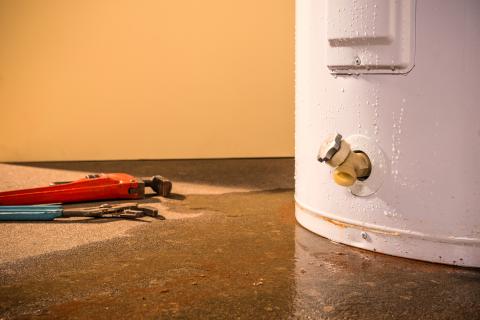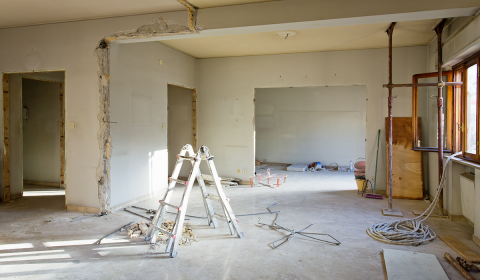Having a home comes with its share of responsibilities. Whether it's mowing the lawn or clearing snow in the winter, each of these tasks is important. One task that is often overlooked is to clear your roof in the winter... but is it really necessary?
Your House Is Trying to Tell you Something!
Snow accumulation on the roof of your home can cause structural damage. When the following signs appear, it is time to think about clearing your roof as you can begin to feel the pressure of snow.
- Deformation of the ceiling or presence of cracks
- Unusual crackling
- Door friction
Remember that if your roof is under guarantee, you must first contact the contractor who is responsible before undertaking snow removal operations.
Not all Types of Snow are the Same
Obviously, the discussion of snow-filled roofs leads to discussing the actual weight of the snow. Evidently, snow is much lighter than ice or snow mixed with water. This means that when there is ice on the roof, the situation becomes more alarming because it is much heavier.
Protect your Home's Structure
There are several reasons why you would want to clear your roof in winter. When snow accumulates, water can infiltrate and cause damage to the building structure. It can also cause the roof to collapse if it fails under the pressure of its weight.
Usually, Quebec buildings take into account the province’s climatic conditions. The houses built on it can therefore support a reasonable amount of snow. It is when this amount becomes excessive that we must take more specific measures.
Is it Necessary?
As previously mentioned, snow accumulation is normal during the winter. However, if you notice more than 2 feet of snow on your roof or if any of the warning signs are present, you should act immediately. The structure could be damaged, and that damage would prove irreversible. If there is ice, the amount required to cause a hazard is different at only 6 mm thick.
How Does this Affect my Insurance?
Water infiltration and roof subsidence are sometimes included in home insurance policies, although sometimes they are not. It is therefore not a “de facto” option. We recommend that you check with your broker to find out which type of coverage you have in your policy to ensure that you will be well protected during the winter.




